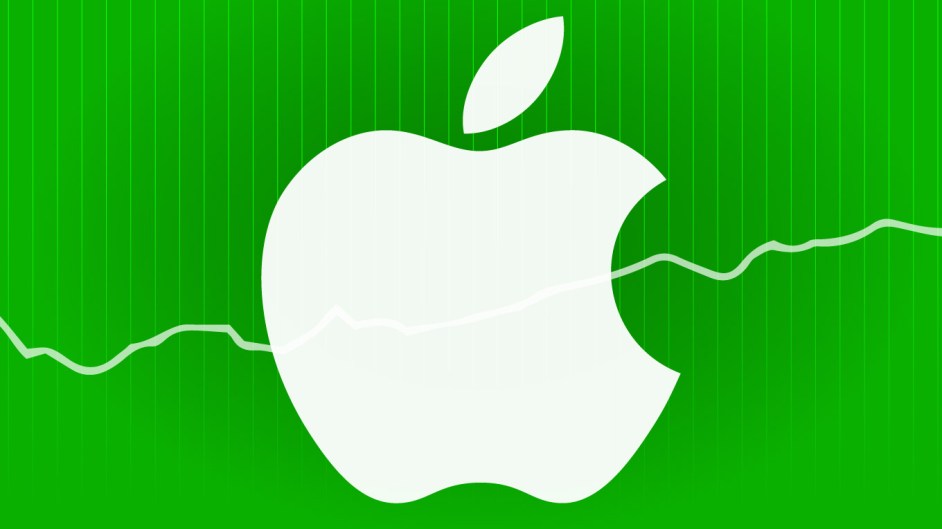
Apple has just released its fiscal Q2 2015 earnings, reporting $58 billion in revenue, $13.6 billion in net profit representing $2.33 per share. Compared to the year-ago quarter, it corresponds to a growth of 27.2 percent in revenue, and an impressive 40.4 percent jump in EPS (adjusted for the 7-for-1 split).
Expectations were pretty high following Apple’s blockbuster quarter three months ago — the company reported the largest corporate quarterly earnings of all time. And it turns out that this quarter was Apple’s second-largest earnings of all time. In particular, services are now a $5 billion business, and Apple reported a gross margin of 40.8 compared to 39.9 for Q1 2015.
Apple is increasing its share buyback program with an authorization of $140 billion compared to $90 billion last year. Stockholders will also get a 11 percent higher dividend of $0.52 per share.
Fortune’s consensus among analysts was for Apple to report earnings of $2.21 per share on $56.85 billion in revenue, with both revenue and EPS exploding more than 24.7 percent and 33.1 percent, respectively; this is an insane growth prediction.
Read More
Comments
Post a Comment